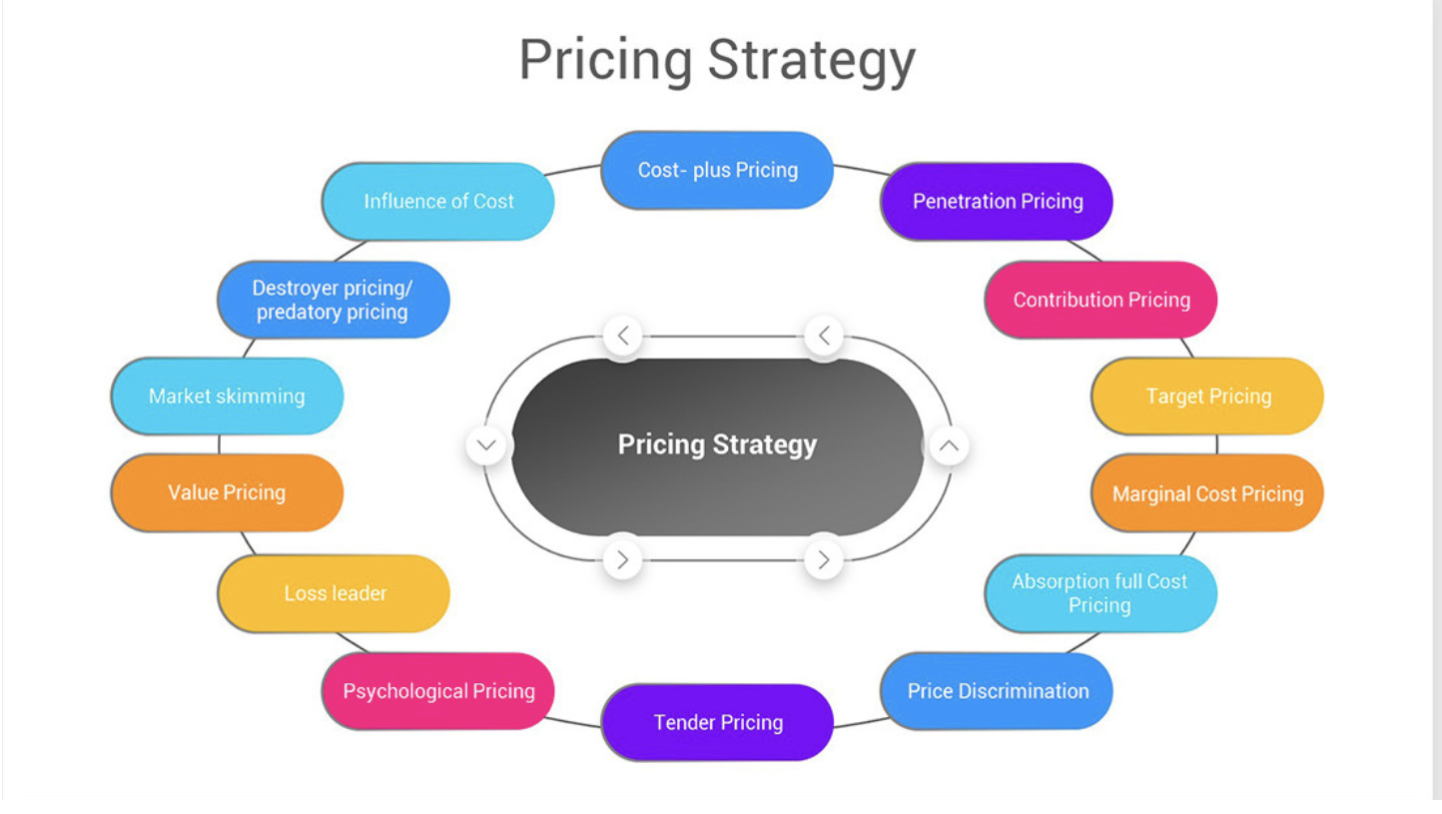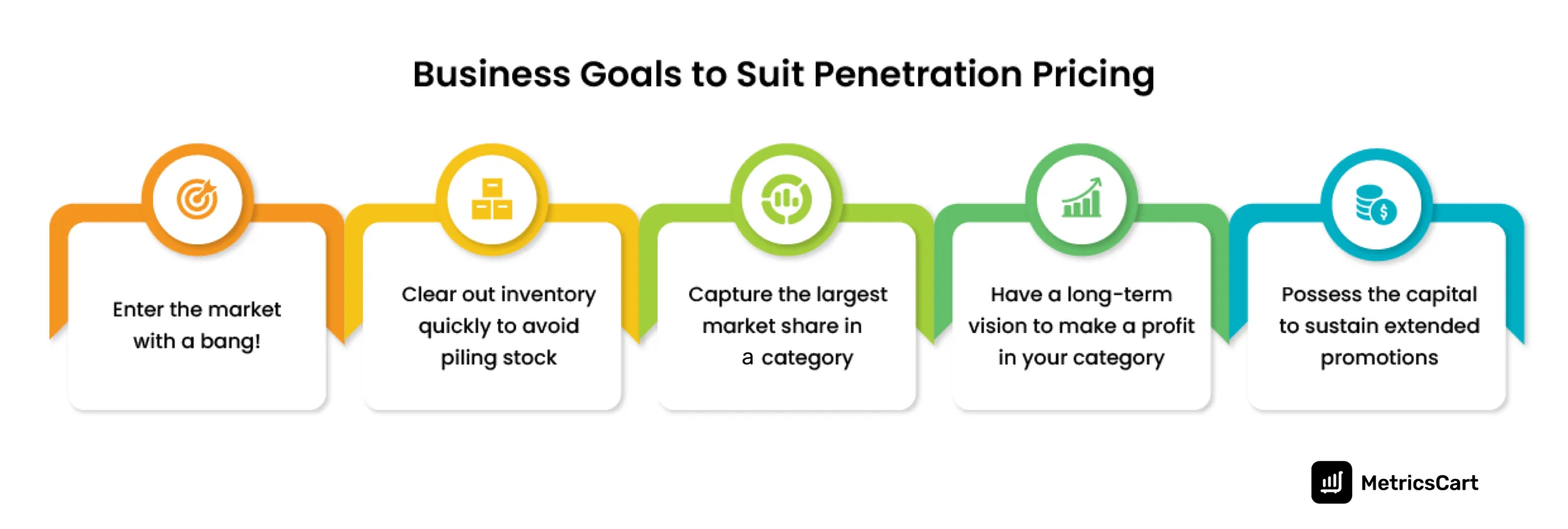Creating a Dynamic Pricing Strategy to Remain Ahead of the Competition
Creating a Dynamic Pricing Strategy to Remain Ahead of the Competition
Blog Article

Master Effective Prices Methods to Optimize Profit
In the ever-evolving landscape of business, understanding reliable rates methods is vital for businesses intending to make the most of earnings. A nuanced understanding of prices psychology can considerably affect client actions and investing in decisions.
Understanding Prices Psychology
Understanding pricing psychology is critical for companies intending to maximize their pricing methods. This area analyzes just how consumers view rates and just how these understandings influence their investing in decisions. Trick concepts in prices psychology include the anchoring result, where the initial cost provided offers as a referral point for consumers, and the principle of cost level of sensitivity, which varies among different client sectors.
In addition, companies can leverage the concept of perceived value, where the regarded benefits of a service or product can justify a greater price point. As an example, costs rates can develop an aura of exclusivity, attracting consumers that link greater prices with exceptional high quality. On the various other hand, mental prices, such as establishing a rate at $9.99 rather than $10, can dramatically affect consumer actions by making costs appear much more appealing.
Moreover, deficiency and urgency can boost the perceived value of items, prompting quicker purchasing choices. Recognizing these psychological triggers enables organizations to formulate pricing approaches that not just drive sales however likewise foster customer commitment. Hence, understanding rates psychology is important for effective rates technique formulation, resulting in improved success and market positioning.
Implementing Value-Based Rates

First, conduct complete marketing research to identify the value vehicle drivers for your target audience. This can consist of functions, high quality, brand online reputation, and client service. Next off, sector your consumers based on their willingness to pay and the worth they regard. By doing so, you can customize offerings and prices methods to align with different segments.
After gathering insights, set rates that mirror the maximum amount a customer agrees to pay, making sure that they regard a reasonable exchange for the value got. Interact the worth proposal effectively, highlighting the advantages and differentiators of your offering. Continually check market problems and customer feedback to improve your rates method over time. By implementing value-based pricing, services can enhance success while fostering long-lasting client loyalty.
Exploring Dynamic Rates Versions
In today's swiftly transforming market landscape, dynamic rates versions have actually emerged as a powerful strategy for businesses looking for to enhance income and reply to changes popular. These models allow companies to readjust their prices in real-time based upon different elements such as customer behavior, market trends, and stock levels. By leveraging information analytics and algorithms, organizations can recognize optimum rates points that make best use of sales while staying affordable.
Dynamic prices can take various forms, including time-based rates, where rates change based upon time of day or season, and demand-based prices, which adjusts prices according to present customer demand. This versatility not only enhances earnings but likewise improves client fulfillment by using costs that reflect real-time market conditions.
Applying dynamic pricing calls for a robust technological framework and a deep understanding of client sectors. It is critical for companies to check market signals and customer feedbacks continuously, making certain that rates approaches straighten with broader business objectives. Furthermore, clear communication concerning prices adjustments can help alleviate customer discontentment and foster trust, ultimately bring about continual earnings in a competitive market. Accepting vibrant pricing can visit our website therefore be a transformative technique in the mission for maximizing earnings.
Studying Rival Prices
Keeping track of rival pricing is crucial for organizations aiming to keep a competitive side in their particular markets. By evaluating competitors' rates techniques, business can identify market fads, recognize customer preferences, and adjust their pricing from this source as necessary. This evaluation includes event data on rivals' rates, marketing methods, and product offerings to educate pricing choices.
To properly assess rival prices, organizations need to utilize various devices and methods, such as price tracking software program, marketing research records, and client comments. This information can reveal just how rivals place their solutions and items, enabling businesses to differentiate their offerings or embrace similar approaches to stay relevant.
In addition, it is important to classify rivals into direct and indirect rivals. Straight competitors provide similar product and services, while indirect rivals may meet the very same client demand with various remedies. Understanding the nuances in between these teams will certainly make it possible for organizations to customize their rates approaches extra properly.
Inevitably, ongoing competitor pricing analysis is important for making educated pricing choices. It permits companies to remain active in action to market shifts, guaranteeing they can confiscate opportunities and minimize dangers connected with pricing approaches.
Reviewing Pricing Efficiency
Understanding exactly how competitor pricing influences market characteristics results in an all-natural concentrate on reviewing rates performance within one's very own service. This assessment is crucial for recognizing locations of stamina and possibilities for enhancement, inevitably improving success.

Furthermore, conducting normal prices audits can disclose disparities between expected and actual efficiency. This involves contrasting rates data across various sections next and networks to recognize differences and recognize patterns. In addition, incorporating client feedback can give understandings into regarded worth versus actual prices, making sure alignment with market assumptions.
Last but not least, leveraging data analytics tools can assist in much deeper insights into pricing efficiency, enabling businesses to make data-driven modifications (Pricing Strategy). By continuously reviewing prices performance, organizations can adapt to market changes and enhance their strategies, making certain sustained productivity in an affordable landscape
Verdict
By leveraging prices psychology, businesses can improve viewed worth and tailor pricing to varied client sectors. The adoption of vibrant and value-based pricing designs assists in real-time modifications based on need and consumer desire to pay.
Recognizing rates psychology is essential for businesses intending to enhance their pricing methods. Comprehending these psychological triggers enables companies to develop prices approaches that not just drive sales yet additionally foster consumer commitment. Therefore, understanding pricing psychology is crucial for effective prices approach solution, leading to improved success and market positioning.
By evaluating competitors' pricing techniques, companies can recognize market trends, comprehend consumer choices, and change their pricing accordingly. By leveraging prices psychology, businesses can improve perceived worth and tailor pricing to diverse customer segments.
Report this page